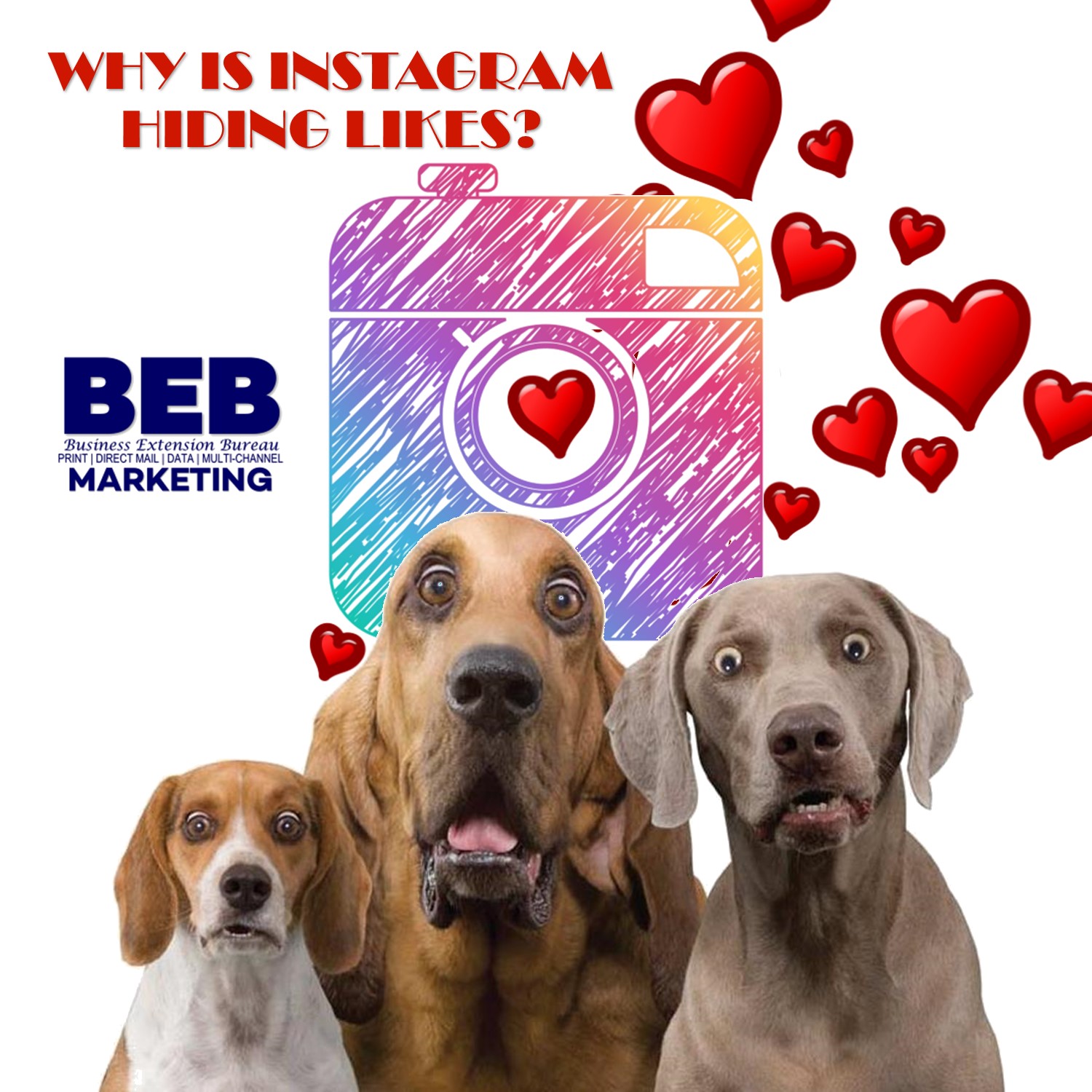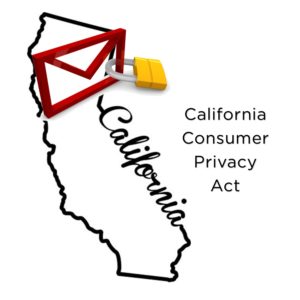 As winter turns into to spring, people start to pack away coats, return patio furniture to the backyard, and shake off their winter shut-in mentality. They also start to shop. A lot.
As winter turns into to spring, people start to pack away coats, return patio furniture to the backyard, and shake off their winter shut-in mentality. They also start to shop. A lot.
Of course, consumers stock up on essentials such as garden equipment, spring-cleaning supplies, and warm weather clothing. They also spend lots of money on items that may surprise you!
Bazaarvoice, a software tech company, conducted an analysis of shopper’s behaviors using data from their 5,700+ brand & retail clients and interesting statistics took shape. In 2021, people spent $5.4 billion on St Patrick’s day. That’s an average of $40.71 per consumer.
Website traffic for dresses rose 16% higher in spring over summer. Traffic increased even more in late April as high school students began to prep for graduation parties and proms.
Lawn and garden traffic grew by 61% during the week of spring break.
Christmas spending generates around $800 billion in sales, and $9 billion of it is from Black Friday. Spring holidays generate around $55 billion in sales:
$ 5.4 billion St Patrick’s Day
$21.6 billion Easter
$28.0 billion Mother’s Day
$55.0 billion Total
Let us not forget April 15th – Tax Day. The IRS issued 128 million refunds for the 2021 tax filing season (2020 tax year), which totaled $355 billion. What’s more, nearly 8 out of 10 people who receive a refund will spend it rather than put in into savings.
Reviews from your customers are essential. The Bazaarvoice analysis showed that 75% of online vacuum-cleaner shoppers read a review before making a purchase. Similar numbers were found in lawn care (69%), tools (61%), and dresses (60%) categories.
When outlining your spring retail strategy, be sure to plan for seasonal behavior surges. Plot the timing of when to offer the right products and services so you can be ahead of your competitors and create incentives for your satisfied customers to review your business.









